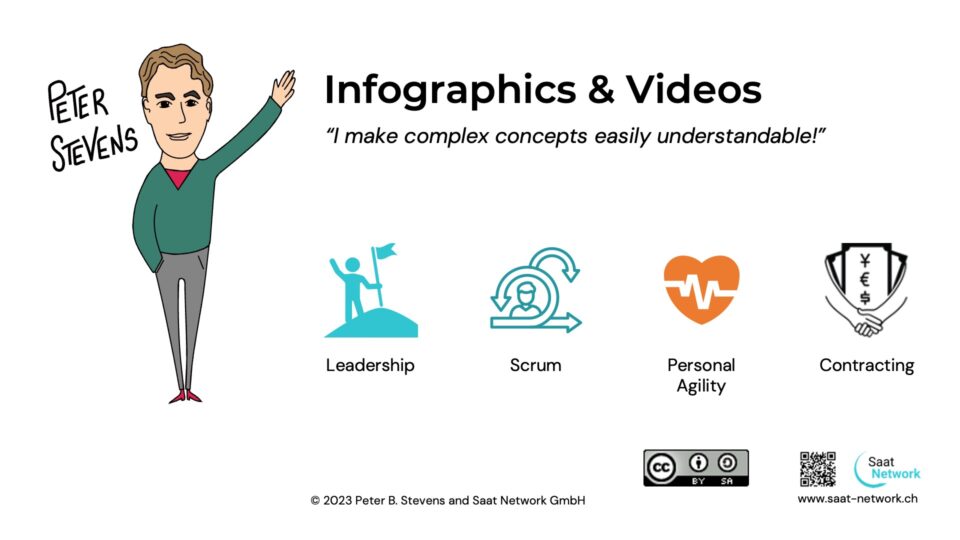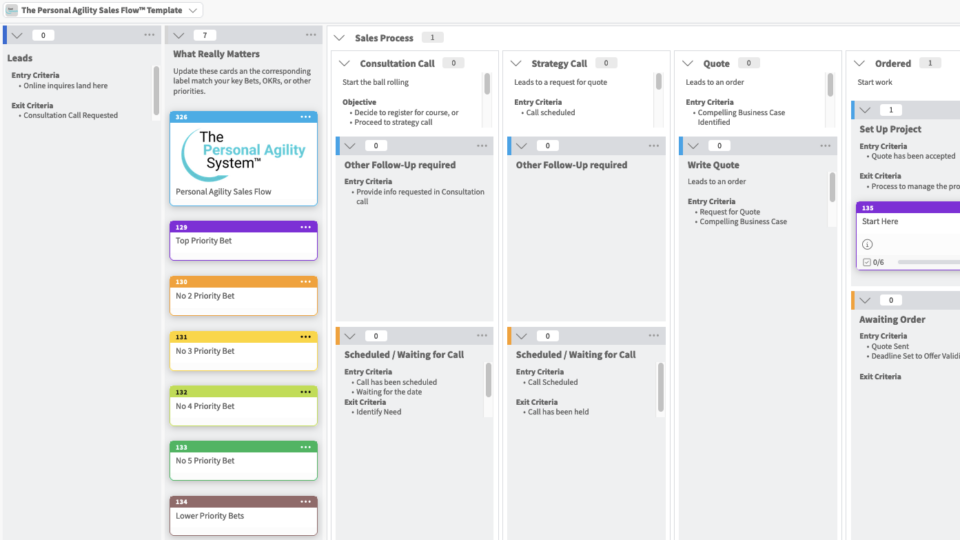Joe Justice, CEO of WIKISPEED to participate in next monthly mash-up
13-05-2012Agile Management: An Idea who’s time has come?
01-06-2012How many middle managers and agile coaches have asked themselves this question: Why is the C-Suite clueless? We try so hard to get their attention, but they just won’t listen. I think I am connecting the dots on why they don’t listen.
Overwork is surely part of the problem, but it’s deeper than that. Management has always been accustomed to communication by broadcast; listening and reacting have not been its strong suit. Before globalization, that wasn’t much of a problem, because the customer didn’t have many alternatives. But today, customers can easily go elsewhere, the complexity has risen, and the job of management has gotten much harder.
Today, I believe Management is in denial. It is in denial because it is being told by the marketplace: “you suck.” Management focuses on improving the quarterly results, lowering the cost, and with it the quality to the point where lemonade doesn’t have any lemon juice in it. And then they wonder why people chose to buy elsewhere.
Denial is a grief response, a normal response to bad news that you cannot change. You don’t like the message, so you try to ignore it, until the message is so strong, like a lost lawsuit or impending doom, that it cannot be ignored.
Today, management needs to get out of denial and get on with fixing what’s broken. An interesting case came to light at the Scrum Gathering in Atlanta: Domino’s Pizza.
Domino’s Pizza was (and is again) a successful fast food chain. They became famous for delivering you a pizza within 30 minutes. 10 years after being sold to a holding company, they had fallen to last place in customer approval ratings and were threatened with extinction. Their crust “tasted like cardboard” and the sauce “like ketchup.” Their share price hit a low of $3/share. Whether management noticed what their pizza tasted like is unclear, but they did notice their share price: they had come to the brink of disaster and realized that they had change. So step 1 was to admit that “we suck” and step two was to do something about it (watch this 4 minute video to see this in action):
What did they do? They created a clear line of sight from all levels of the the organization to the customer. They reacted by listening to their customers and creating products that were dramatically better than before. They admitted their mistakes in public and promised to get better. They did it quickly.
They were successful. I stopped by Domino’s at ATL Atlanta Airport and found the pizza to be quite OK. (OK, it’s still fast food. The Pizza DOC at Molino Frascati in Zurich is still among the greatest pizza I’ve ever had, followed closely by the pizza at Northlake Tavern in Seattle’s U-District, but that’s like comparing F1 racers to anything off the production line.) In any case, their stock price has also more than recovered, having just set a 7 year high around $40.
So if your organization is having problems, how can you fix it?
- Admit that you suck. Once you’ve admitted it, you can move on and start getting better.
- Recognize that you and everyone in your organization is doing a good job. The best they can, under the circumstances. This isn’t about blame, it’s about getting better.
- Do something about it! Start right away.
What should you do for step 3? That depends! Here are some places to start:
- Within your management team figure out what your priorities are and what they should be. Radical Management can help here. So can a Temenos Retreat.
- Understand what your customers are telling you: Create a clear line of sight to your customers at all levels of the organization.
- Start implementing improvement immediately. Figure out what your biggest impediments are to customer satisfaction and start fixing them. Scrum can help here, even if you are not doing IT.
Many years ago, Ken Schwaber, the co-inventor of Scrum, became famous for telling people, especially top management, ‘You suck, and that makes me sad.’ It’s a challenge to get better. It’s a challenge, but you can do it if you want to.






1 Comment
Depending on the size of the organisation, I think it is forgivable if the C-suite are ignorant of Scrum, especially if the org is large; However the IT project/delivery managers not being reasonably knowledgable about Scrum, the principles involved
and the newer approaches to s/w development I think is indefensible. They mostly still seem to be completely plan driven.